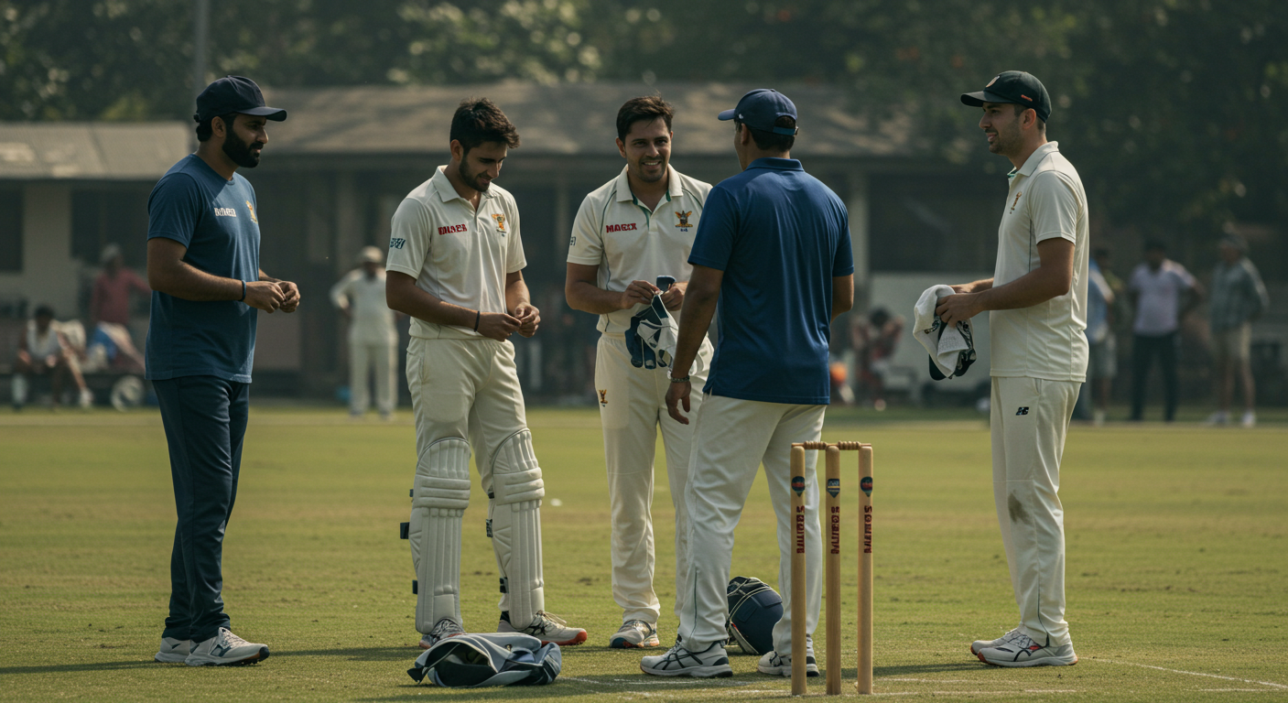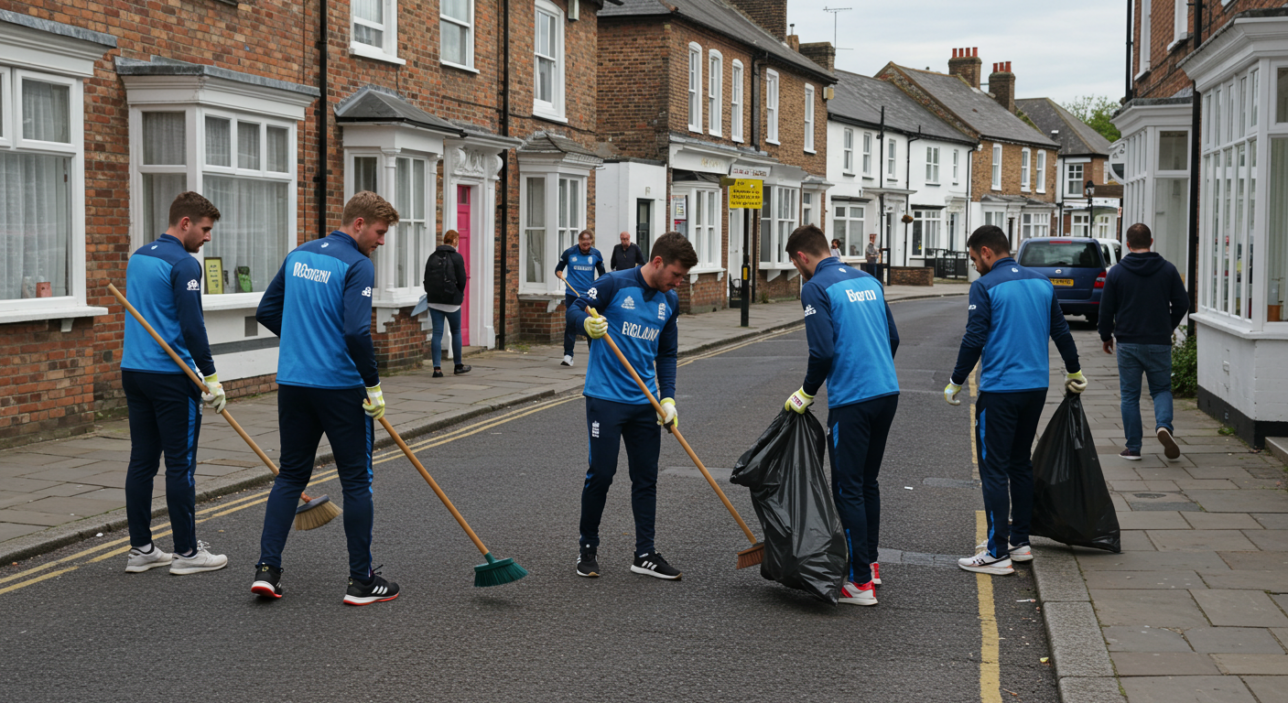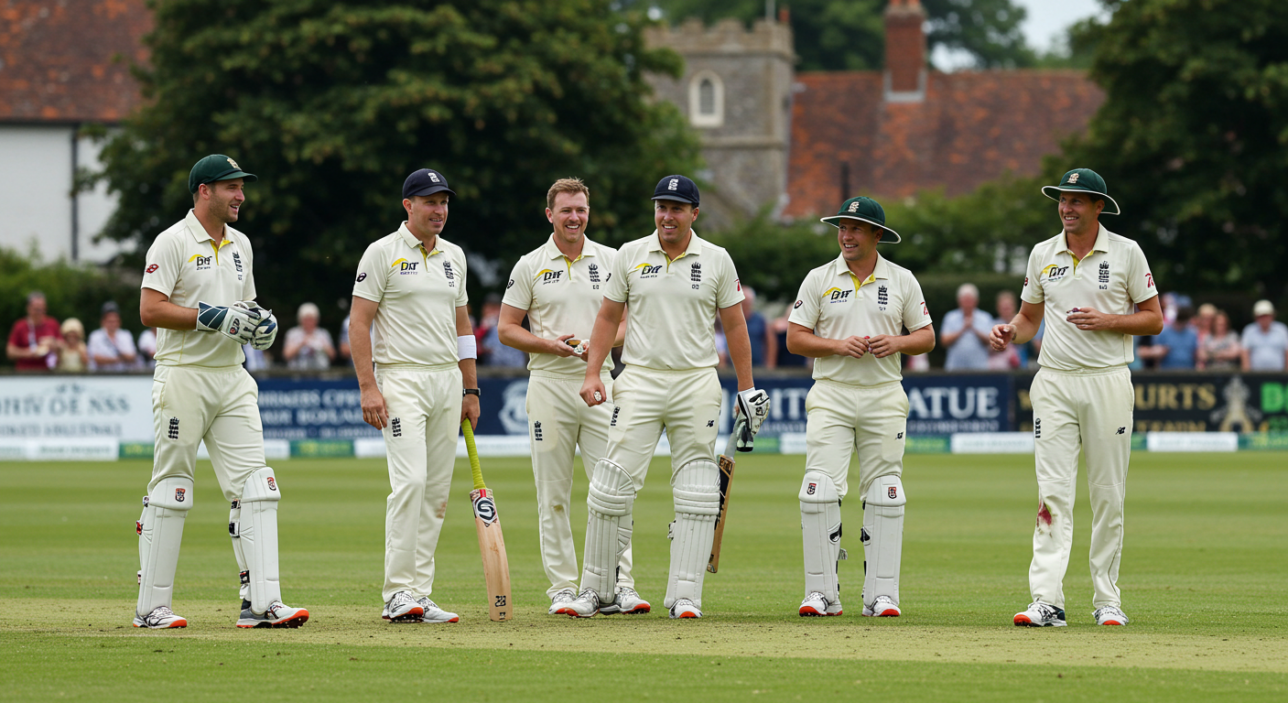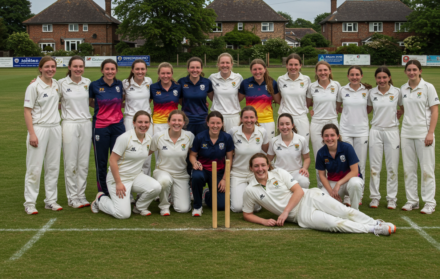
The Economics of Village Cricket: How Clubs Survive and Thrive
Village cricket might look simple from the boundary rope — a few players in whites, a battered pavilion, and a field marked by rope and good intentions. But behind every weekend match is a complex web of financial effort. Keeping a village cricket club alive isn’t just a matter of turning up; it’s a delicate balance of funding, volunteering, and endless persistence.
Unlike professional teams, village clubs have no TV deals, no multi-million sponsorships, and very few wealthy benefactors. Most operate on tight budgets, juggling membership fees, local sponsorships, bar takings, and fundraising events to stay afloat. It’s a model that relies heavily on community goodwill and a lot of creative thinking.
Understanding the economics of village cricket is essential to appreciating how these clubs manage to survive year after year. It explains why clubs host endless quiz nights, why raffle tickets are gently pushed into your hand at every social event, and why the sight of a repaired mower can prompt genuine celebration.
Here’s a clear look at how village cricket clubs survive — and, in some cases, even thrive — through a careful mix of traditional methods, modern fundraising, and a lot of good humour.
1. Membership Fees and Match Levies

The foundation of almost every village cricket club’s finances is its membership fees. Players usually pay an annual subscription, often between £50 and £150, depending on the club’s size, facilities, and ambitions. On top of that, match fees — typically around £5 to £10 per game — are collected to cover running costs like match balls, umpire expenses, and basic pitch maintenance.
These fees are vital. Without them, clubs would struggle to afford the essentials: grass seed, line paint, insurance, water for the square, and minor repairs to equipment. In many cases, match fees directly fund items like new balls, which can cost £30–£50 each — and when you go through two balls in a day, that adds up quickly.
Importantly, many clubs offer discounted rates for juniors or students to encourage participation. Some even run hardship funds or flexible payment plans, recognising that keeping people involved is more important than chasing overdue subscriptions.
Membership and match levies are the steady heartbeat of a club’s budget. They rarely cover everything, but without them, nothing else works. Clubs that manage membership well — by keeping fees affordable but consistent, and making payment simple — give themselves a strong platform to survive financially.
2. Local Sponsorships and Small Business Support
While major sponsorships might be the preserve of professional cricket, at village level, it’s the local businesses that make a real difference. Sponsorships from pubs, cafes, builders’ merchants, and even hairdressers provide a valuable financial lifeline to many clubs.
Typically, a business will sponsor a set of playing shirts, a match ball, or an advertising board around the boundary in exchange for a modest fee — often between £200 and £500. Some clubs also sell space on fixture cards, websites, or event banners, squeezing every opportunity to create a bit more income.
This relationship is usually about more than money. Businesses see it as a way to support the community, and in turn, the players and families using their services create a genuine local network. It’s why you’ll often see a team turn up en masse to the pub that sponsors their kit after a match, win or lose.
Clubs that nurture these relationships carefully — by sending thank you notes, inviting sponsors to matches, and recognising them in social media posts — often retain long-term support. Sponsorship might not fund new nets or a pavilion refurbishment on its own, but combined with other income streams, it helps keep clubs stable and visible in the community.
3. Bar Sales and Social Events

Another crucial revenue stream for many village cricket clubs is the bar. A well-run club bar can generate substantial income over a season, especially when combined with regular social events.
Bar profits rely heavily on match day crowds, evening socials, and club functions like awards nights and fundraising dinners. Even modest sales — a few pints after a Saturday fixture or cups of tea during a junior game — add up quickly when you consider the margins. Clubs with a loyal group of supporters often find their bar is the difference between profit and loss by the end of the season.
Beyond drinks, social events like quiz nights, race nights, summer BBQs, and Christmas parties also pull in extra funds. Tickets, raffles, food sales — every pound spent helps cover core expenses like insurance premiums, mower repairs, and electricity bills.
For many clubs, the social calendar is as important as the fixture list. Not only does it boost finances, but it strengthens the club’s identity and encourages more volunteers to get involved — the lifeblood of any village team. Successful clubs often plan their year carefully around these events, knowing that a packed clubhouse in February can be just as valuable as a full team sheet in July.
4. Grants, Funding Programmes and Council Support
Beyond player fees and bar profits, many village cricket clubs survive thanks to grants and funding support — but securing them takes effort, paperwork, and a little patience.
National bodies like the England and Wales Cricket Board (ECB) offer grant schemes aimed at supporting grassroots cricket. Initiatives such as the ECB’s County Grants Fund provide money for specific improvements: building accessible changing rooms, installing covers, upgrading nets, or improving energy efficiency in pavilions. Grants can range from a few hundred pounds up to £10,000 or more, depending on the scale of the project.
Local councils sometimes also provide small sports development grants, especially if the cricket club can show wider community benefit — for example, by offering youth training sessions, supporting women’s cricket, or opening facilities to other sports during the off-season.
Successful applications usually require clubs to demonstrate their value beyond just the playing squad. Strong grant bids show how the club serves the village: as a social hub, a health and fitness promoter, and a safe environment for young people.
Grant funding isn’t a guaranteed solution, but for many clubs, it provides essential injections of cash that would otherwise take years to raise through internal means. Clubs that make grant applications part of their long-term planning — not just a panic reaction when the pavilion roof collapses — tend to thrive in the long run.
5. Volunteer Power and Unpaid Hard Work

Ask any village cricket club chairman what the club’s most valuable asset is, and you’ll rarely hear “the bar” or “the new mower.” Instead, they’ll tell you — it’s the volunteers.
Volunteers are the backbone of every club: cutting the grass, preparing wickets, scoring matches, coaching juniors, running the bar, organising teas, chasing sponsorships, maintaining the accounts, and sometimes just sweeping out the pavilion after another muddy afternoon. Without them, no amount of fundraising would be enough to keep a club alive.
Unlike financial costs, the value of volunteer hours doesn’t show up on spreadsheets. But the economic impact is huge. If clubs had to pay professional groundskeepers, cleaners, administrators, and match officials, the average village club would simply fold.
Successful clubs work hard to build a volunteer culture. They make jobs accessible — asking for “small, specific jobs” rather than overwhelming people — and they celebrate the work done, whether it’s mentioning volunteers at the end-of-season dinner or simply offering a free pint at the bar.
Keeping a village cricket club afloat is about more than money. It’s about people giving their time freely because they believe that a green field, a set of stumps, and a few hours of summer cricket are worth fighting for.
6. Creative Fundraising and Keeping Things Ticking Over
Even with membership fees, sponsorships, grants, and bar sales, most village cricket clubs still need to get creative to cover rising costs. Creative fundraising has become a lifeline, blending old traditions with new ideas to keep finances healthy.
Classic events like raffles, pub quizzes, and fun days are still staples. But many clubs have branched out — running fantasy cricket leagues, silent auctions, sponsored walks, or even hosting comedy nights and live music events at the pavilion.
Some clubs have adapted with technology. Setting up online donation pages, selling club merchandise like caps and hoodies, and even livestreaming matches (with a “buy a virtual pint” donation option) have all become more common in recent years. Small initiatives — such as £1 sweepstakes for first wicket fallen — add up surprisingly quickly over a summer.
Importantly, clubs that fundraise successfully make it social and enjoyable. A charity match followed by a BBQ and raffle is more appealing (and more profitable) than endless email appeals for donations. Clubs that tie fundraising to fun experiences often find they generate not just more money, but stronger community bonds in the process.
In village cricket, survival is rarely down to one big cheque. It’s a hundred little efforts stitched together — one bake sale, one quiz night, one auctioned bottle of questionable whisky at a time.
7. Why Financial Planning Matters More Than Ever

In today’s world, financial planning isn’t optional for village cricket clubs — it’s essential. Costs are rising across the board: insurance, utilities, pitch maintenance, and equipment replacement all eat into already thin margins. Clubs that fail to plan ahead risk falling into financial trouble, no matter how strong their membership numbers are.
Forward-thinking clubs treat their finances almost like a small business. They set budgets, build contingency funds, and look carefully at opportunities to save or invest smartly. They check their insurance policies. They track bar stock properly. They put aside money for that inevitable day when the mower finally gives up.
Many clubs now hold annual financial reviews that are open to all members. Transparency builds trust — and when members understand the true cost of running the club, they’re more likely to chip in with fundraising, volunteering, or simply paying subs on time.
Planning isn’t just about surviving bad seasons. It’s about building a future. Clubs with financial stability can invest in youth programmes, improve facilities, grow women’s and juniors’ cricket, and ensure they stay vibrant parts of their villages for generations to come.
Good cricket needs good pitches, good gear, good facilities — and those things don’t happen by accident. Solid financial planning ensures that every edge to slip, every sprinted two, every slow walk back after being bowled second ball, can keep happening year after year.
Economics of Village Cricket: How Village Cricket Clubs Really Survive and Thrive

Look closely at any successful village cricket club and you’ll see that survival is never about just one thing. It’s not about having a wealthy benefactor or a lucky break. It’s about a hundred small efforts stitched together by people who care deeply about keeping the game alive.
Village cricket survives because players pay their subs. Because a local café pays £300 to sponsor the scorebox. Because a volunteer gives up their Sunday morning to paint the changing rooms. Because someone organises a barbecue that raises £400 for new stumps.
It survives through creativity, resilience, and endless cups of tea served behind the bar. It thrives because clubs find ways to adapt — applying for grants, running raffles, keeping the lights on through winter months with quiz nights and dog shows and whatever else they can dream up.
Village cricket doesn’t just survive on the field. It survives in committee rooms, bar stock lists, grant application forms, and on WhatsApp groups full of volunteers. It survives because communities believe that standing around on a sunny Saturday watching a game unfold slowly, beautifully, hilariously, is still worth fighting for.
And when it all comes together — the mower fixed, the teas laid out, the outfield lined and the scoreboard ready — there’s a quiet satisfaction shared by everyone who made it happen. Another season, another summer of cricket on the green. Against the odds, and as glorious as ever.





